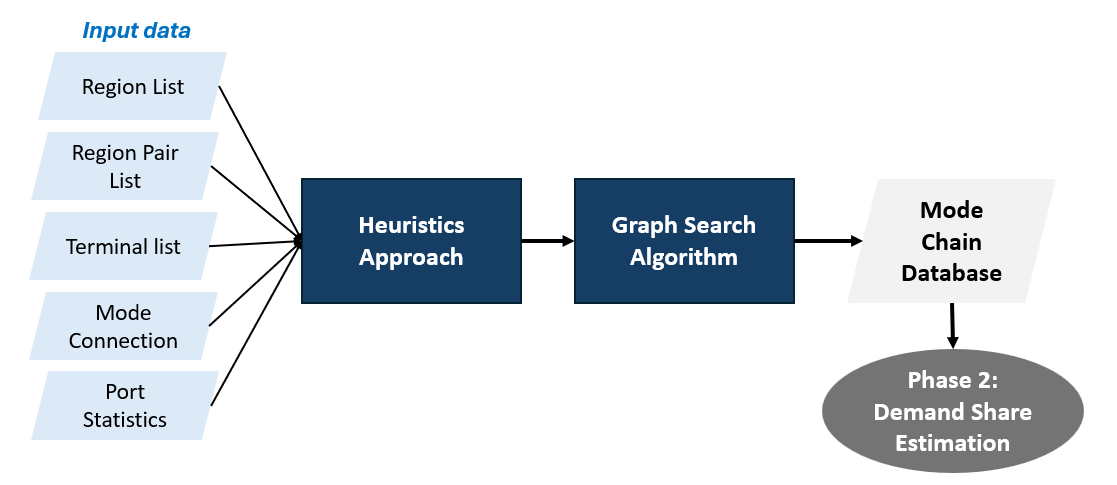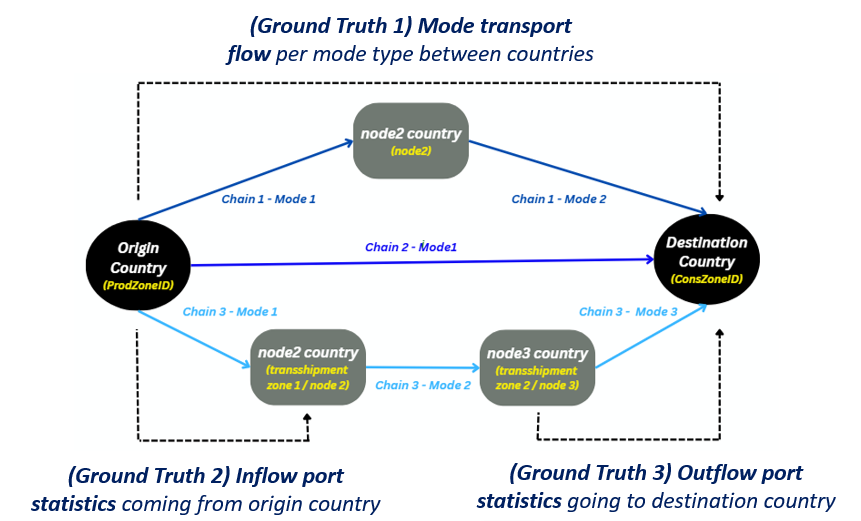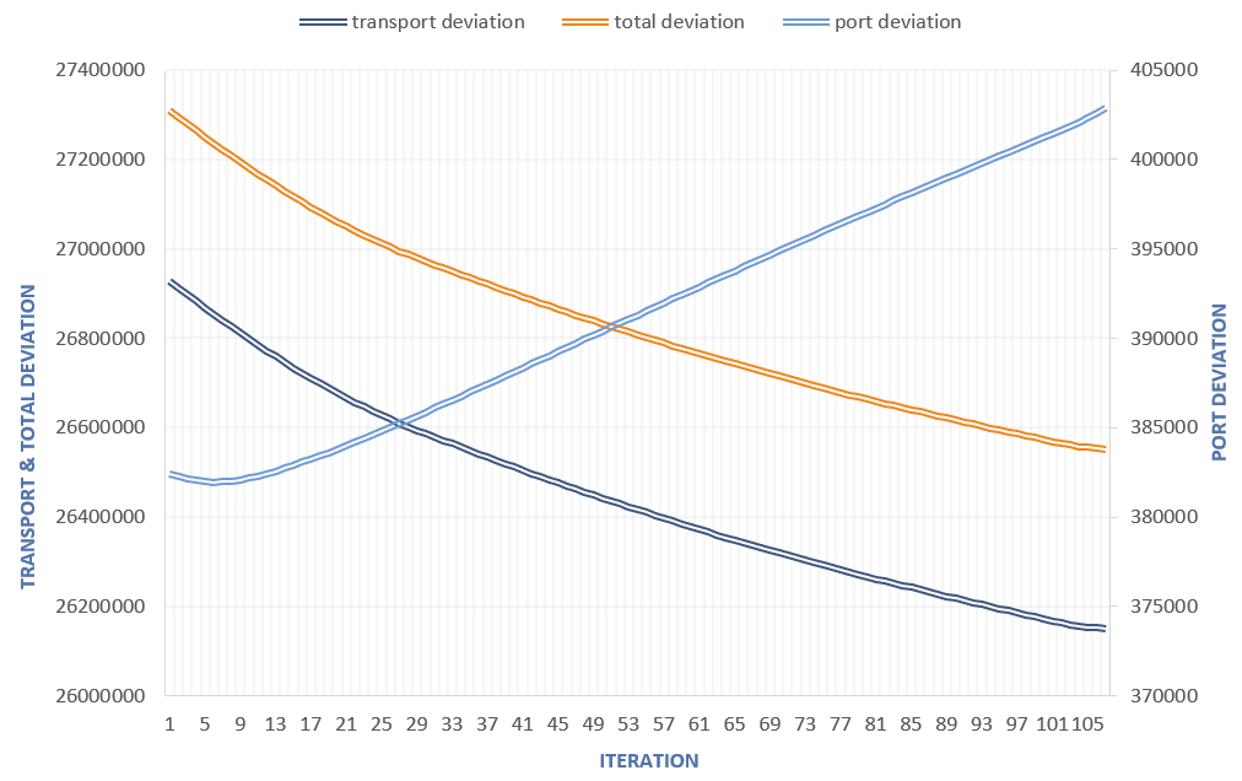Machine Learning for Multimodal Freight Chain Modelling: Case Study of NEAC's Mode Chain Builder System
Artificial Intelligence (AI) has become a cornerstone of innovation across industries, and at the heart of AI lies machine learning. Machine learning allows systems to learn from data and adapt over time. In freight transport research, machine learning offers opportunities to tackle challenges that traditional models struggle with, especially when data is fragmented or incomplete.
More recently, big data analytics and machine learning have gained traction in freight research, with applications ranging from demand forecasting to mode choice prediction and route assignment optimisation. Studies consistently show that machine learning outperforms traditional methods in predictive accuracy. Yet, one area remains largely unexplored: applying machine learning to estimate freight flows across entire multimodal transport chain networks. This gap is significant, as current methods often struggle with high dimensionality, fragmented datasets, and the lack of observed chain-level data.
For her thesis, our intern Eka Wulandari explored how machine learning can improve the NEAC system in predicting the European freight flows. The research introduces an adaptive multimodal freight chain model that:
- Incorporates practical port selection and cargo handling requirements into chain construction, using a graph search algorithm (Breadth-First Search with link elimination).
- Applies the Expectation-Maximisation (EM) algorithm, an unsupervised machine learning method, to estimate demand share distributions when individual path-level data are unavailable.


Applied to freight movements between the Netherlands and Belgium, the model generated sets of valid multimodal chain alternatives. By implementing machine learning — specifically the Expectation-Maximisation (EM) algorithm — it was possible to predict demand share distributions across these alternatives and successfully minimise deviations between predicted flows and observed data from Eurostat. Two datasets, transport flows and port activity statistics, were used as reference points. The model consistently reduced overall deviation until convergence, indicating that the framework reached the best possible performance given the available input data and inherent trade-offs. This demonstrates that combining graph-based path construction with unsupervised learning offers a practical, data-driven approach for multimodal freight transport modelling.

Key contributions of this research include:
- A validated mode chain construction model fully aligned with infrastructure availability data.
- An iterative demand share estimation model that refines predictions using aggregate Eurostat data.
- A demonstration of how machine learning can bridge the gap between fragmented datasets and realistic multimodal freight chain modelling.
By embedding these innovations, the Mode Chain Builder can evolve into a more accurate and flexible decision-support tool for policymakers and planners seeking to understand freight flows and evaluate transport policies.
The full thesis report can be found here.
